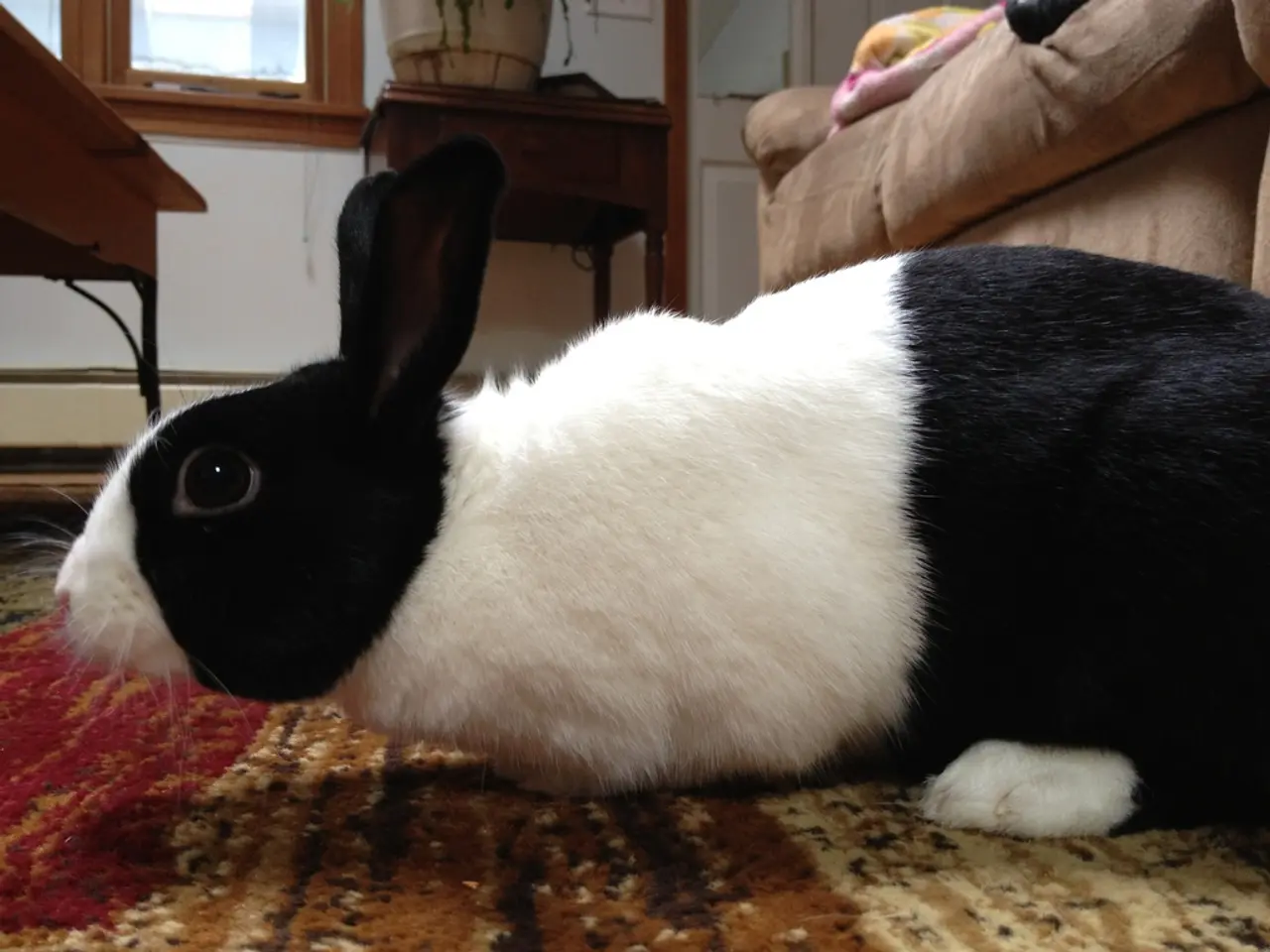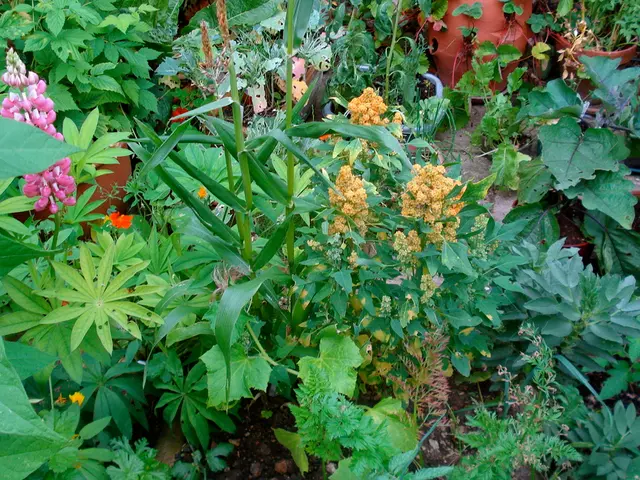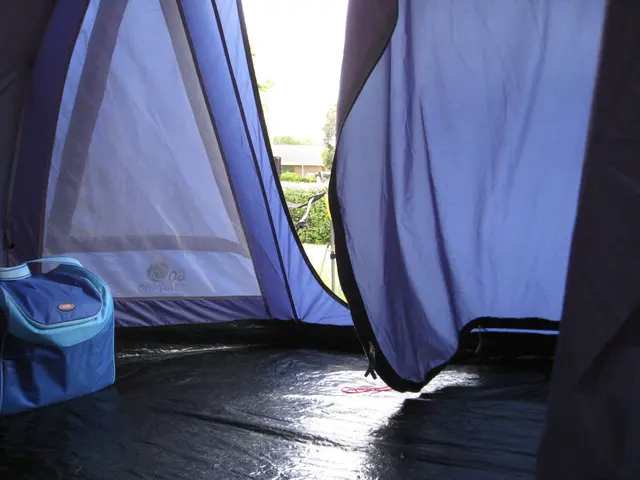Rabbit habitat size: What's the appropriate space for a rabbit?
In the world of rabbit care, providing enough space for these adorable and active pets is paramount. Rabbits are energetic creatures that need room to hop, stretch, and exhibit their natural behaviours. Here's a guide on the recommended minimum space for indoor and outdoor rabbit enclosures.
For indoor rabbit enclosures, the recommended minimum floor space is between 8 to 12 square feet. This allows adequate movement and comfort for your furry friend. The enclosure should also be tall enough for rabbits to stand upright naturally, with a minimum height of around 14 to 16 inches. Multi-level indoor cages can increase vertical space but do not count as additional floor space because rabbits require horizontally ample space for freedom of movement.
Outdoor rabbit enclosures or hutches, on the other hand, require a much larger space. Ideally, they should offer at least 3 meters by 2 meters (approximately 10 feet by 6 feet) with 24/7 access, ensuring rabbits have sufficient room to move, exercise, and exhibit natural behaviours. It's important to avoid small or permanently confining outdoor hutches; instead, they should provide continuous access to a spacious area.
Rabbits, as prey animals, also benefit from hiding spaces within their enclosure for comfort and stress reduction. These can be incorporated with multi-level cages or separate hideouts.
These space guidelines ensure rabbits can perform natural behaviours like hopping, stretching, and standing, essential for their welfare in both indoor and outdoor environments.
The Rabbit Welfare Association & Fund (RWAF) recommends that all rabbits should have a single enclosed area of at least 3m x 2m (10ft x 6.5ft), and it should be at least 1m (3ft) high. Overgrooming or destructive behaviour in a rabbit's enclosure can be signs of frustration due to lack of space.
Dr MacMillan, a veterinarian, agrees with the enclosure size recommended by RWAF and advises giving rabbits as much space as possible. For indoor bunnies, allowing them access to exercise in a rabbit-proofed room for at least five hours a day is recommended.
It's essential to remember that different rabbit breeds vary tremendously in size. For instance, a Flemish Giant requires more space than a Netherland Dwarf.
In summary, providing adequate space for your rabbit is crucial for their health, happiness, and well-being. By following these guidelines, you can ensure your rabbit has the space to hop, stretch, and exhibit their natural behaviours, leading to a healthier, happier pet.
- Cats and dogs, like rabbits, also need sufficient space in their living environments to maintain their health and well-being.
- Adequate space for a puppy or kitten not only meets their physical needs but also allows them to play, grow, and exhibit normal behaviors.
- The lifestyle of a pet cat or dog crucially depends on the size and arrangement of their home-and-garden, as it directly impacts their nutrition, health, and behavior.
- Grooming a cat or dog becomes challenging when there's insufficient space, making it essential to allocate enough space for pets to move comfortably.
- In the world of pet care, providing proper living conditions for cats, dogs, rabbits, and other pets requires careful consideration of space requirements.
- Similar to rabbits, other pets like cats and dogs require hiding spaces within their enclosures for comfort and stress reduction.
- Smaller breeds of dogs, such as Chihuahuas, require less space compared to larger breeds like Great Danes; similarly, not all cat breeds have the same space requirements, with some like Maine Coons requiring more space to stretch and hop.






